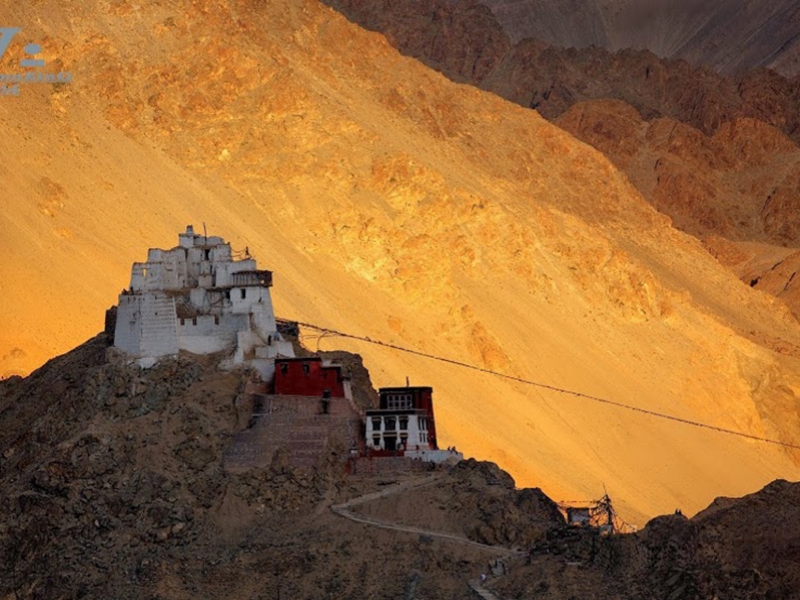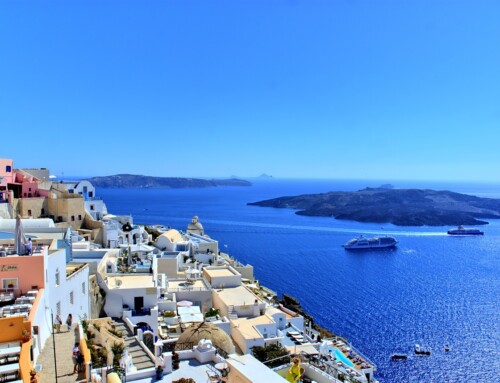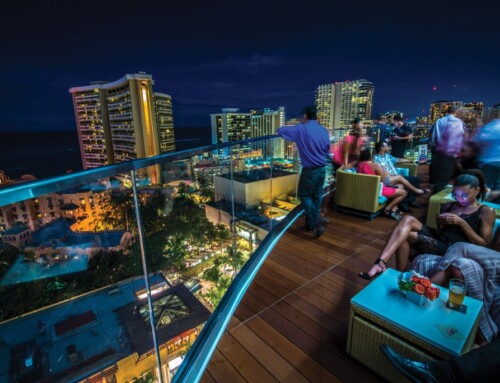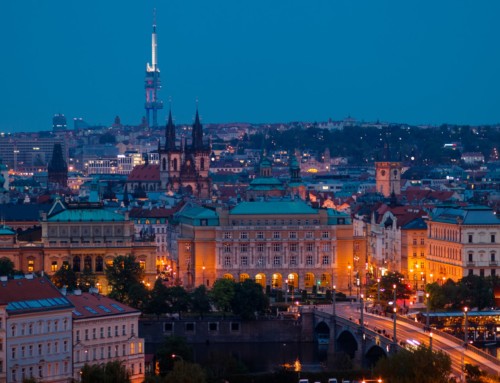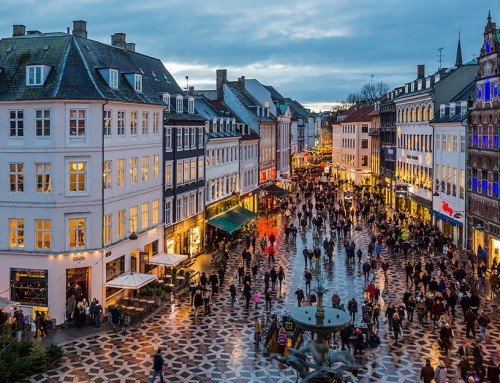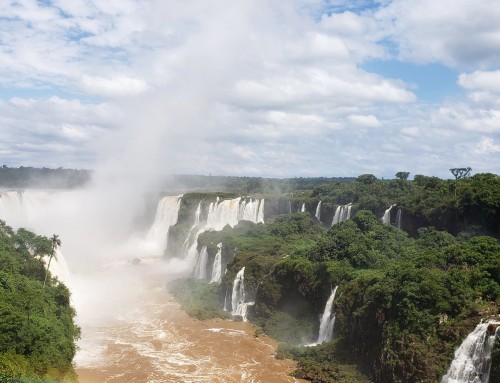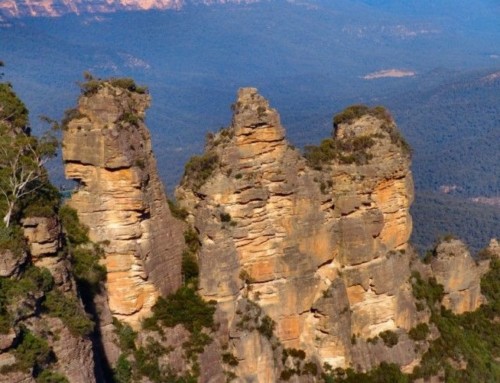Leh is at an altitude of 3500m above sea level. Leh was the capital of Ladakh. The Leh District now lies in the Indian state of Jammu and Kashmir. Leh valley attracts tourists from all over the globe. The old structures in Leh are the three Maitreya temples. Leh remains the best preserved urban Tibetan architecture in the world.
The tourists are thrilled as they fly over the mighty Himalayas to reach Leh. Leh is a cold desert land. The landscape leaves you spellbound as you drive seeing the astounding beauty in the surroundings of Ladakh.
Leh Old Town
The tourists can walk with an experienced tourist guide in the little known back alleys of Old Leh. It is a heritage walk of about two hours that is worth taking. One gets an insight into the old historic buildings, exteriors and interiors. The tourists are shown a number of Buddhist monasteries and also the Chutarangtak Mosque. This is the last Ladakhi-style mosque in Leh.
Leh Rock Carvings
As the tourists move around, they see a number of rock carvings that reflect the early Buddhist artistic heritage of Ladakh. The carvings are done on rock boulders and on slim stone steles. There is a rock carving that depicts Maitreya Buddha. This is a deity with two arms and standing beside it a female donor.
Alchi Tsatsapuri
This is a temple complex in proximity to the famous Alchi Choskhor in Ladakh. The entire complex was built around the 13th and 15th centuries. On the walls of the buildings, you will find murals. The eastern side of the building is more stylish and artistic than the others.
Central Asian Museum
This museum is the brainchild of the Anjuman Society. It is located in old Leh. The idea of building a museum was to educate and let visitors know about the Central Asian trade and its influence on the development and culture of Ladakh. The ceiling of the museum is built in Ladakhi and Baltistani style. The center has a diamond ceiling which are also found in many early Ladakhi temples.
Leh Palace
This palace is modelled on the Potala Palace in Lhasa, Tibet. The Archeological Survey of India now restores and maintains the royal palace. From the rooftop of the palace, the tourists can get amazing views of Leh and its surrounding areas. One sees the Ladakhi mountain ranges rising high above the place to its north. The palace has an in-house museum with a rich collection of crowns, jewelry, etc. You will also get to see some rare Chinese paintings which are about 450 years old. These paintings have intricate bright designs with powdered gems and stones on them.
Shanti Stupa
This Buddhist stupa is white-domed and is on a hilltop in Changspa. It was built by a Japanese Buddhist Bhikshu. In the stupa are the relics of Buddha. A number of tourists have the stupa on the itinerary. The stupa is a two-leveled structure. You will see a beautiful golden Buddha image on a platform on the first level. On both levels, the tourists find meditating images of Buddha. This stupa was built to promote world peace and so also to commemorate 2500 years of Buddhism.
Around Leh, this stupa is the most famous tourist attraction. The Shanti Stupa overlooks the city of Leh. At night, it is illuminated with lights and is open from 5am to 9pm for the tourists. It is at a distance of 5km from Leh and at a height of 13999 feet. The stupa faces the Leh Palace. You can climb the 500 steps to reach it or drive up to it.
From Leh, you can take trekking routes to Ladakh. White water rafting is organized from Leh on the Indus and Zanskar rivers. Nubra valley too can be visited from Leh with an ‘Inner-Line Permit’. You can arrange it from travel agents or better still get it yourself from the concerned authorities in Leh. This beautifully amazing valley is at the base of the Karakorum Range. The tourist could also visit the Hundar Sand Dunes on 2-humped Bactrian camel.
A word of caution for tourists is that they should first acclimatize themselves gradually moving from lower altitudes to higher altitudes. Delhi to Leh bus route via Shimla acclimatizes you better. You could try the oxygen bar Changspa before hitting higher grounds.
Leh is connected to the rest of India by high-altitude roads. There is the Leh-Manali highway and the Srinagar-Leh road. Manali-Leh highway is open from around June to October. Srinagar to Leh, you could travel from June to November. Road travel takes two days because of the unpredictable rugged terrain.
Leh can be approached by flights from Delhi, Jammu, Srinagar and Chandigarh. The tourists land at the Leh Bakula Rimpochee Airport. Traveling by shared jeeps is the fastest but too tiring for the travel.
There are mid-range accommodation and guesthouses surrounded by fields with lovely views. Leh is a safe place but do carry all your necessary medication, first-aid kit and a flashlight, for the streets are dark at night. There are numerous shops selling Tibetan antiques, handicrafts, jewelry, etc at the Tibetan market. Mid-range Tibetan style restaurants are popular with tourists. Some also serve Indian and Western dishes. Try the momos, pizzas, freshly-baked bread, cheese and honey, when in Leh. The best time for tourists to visit Leh is between May and September.

